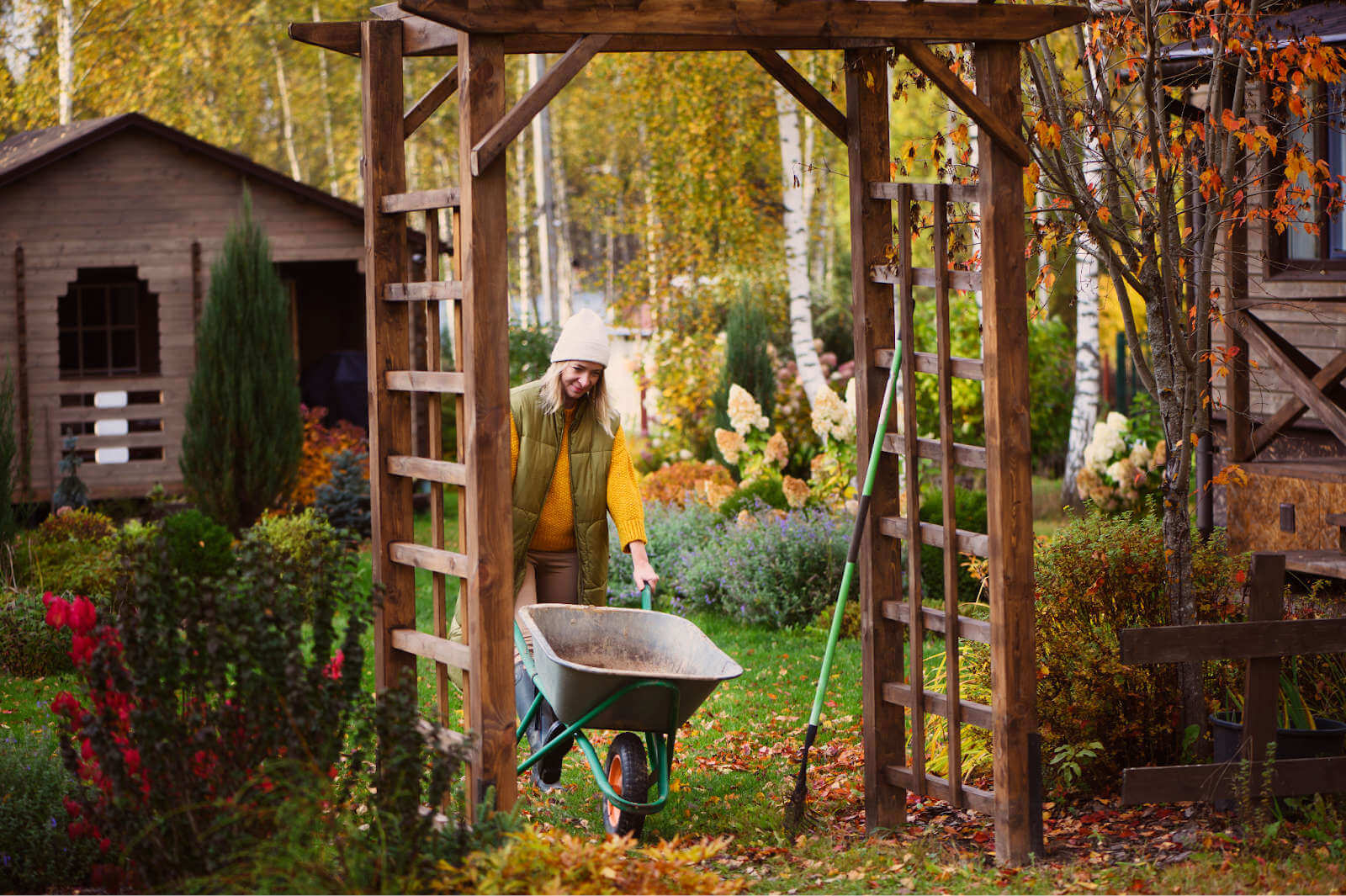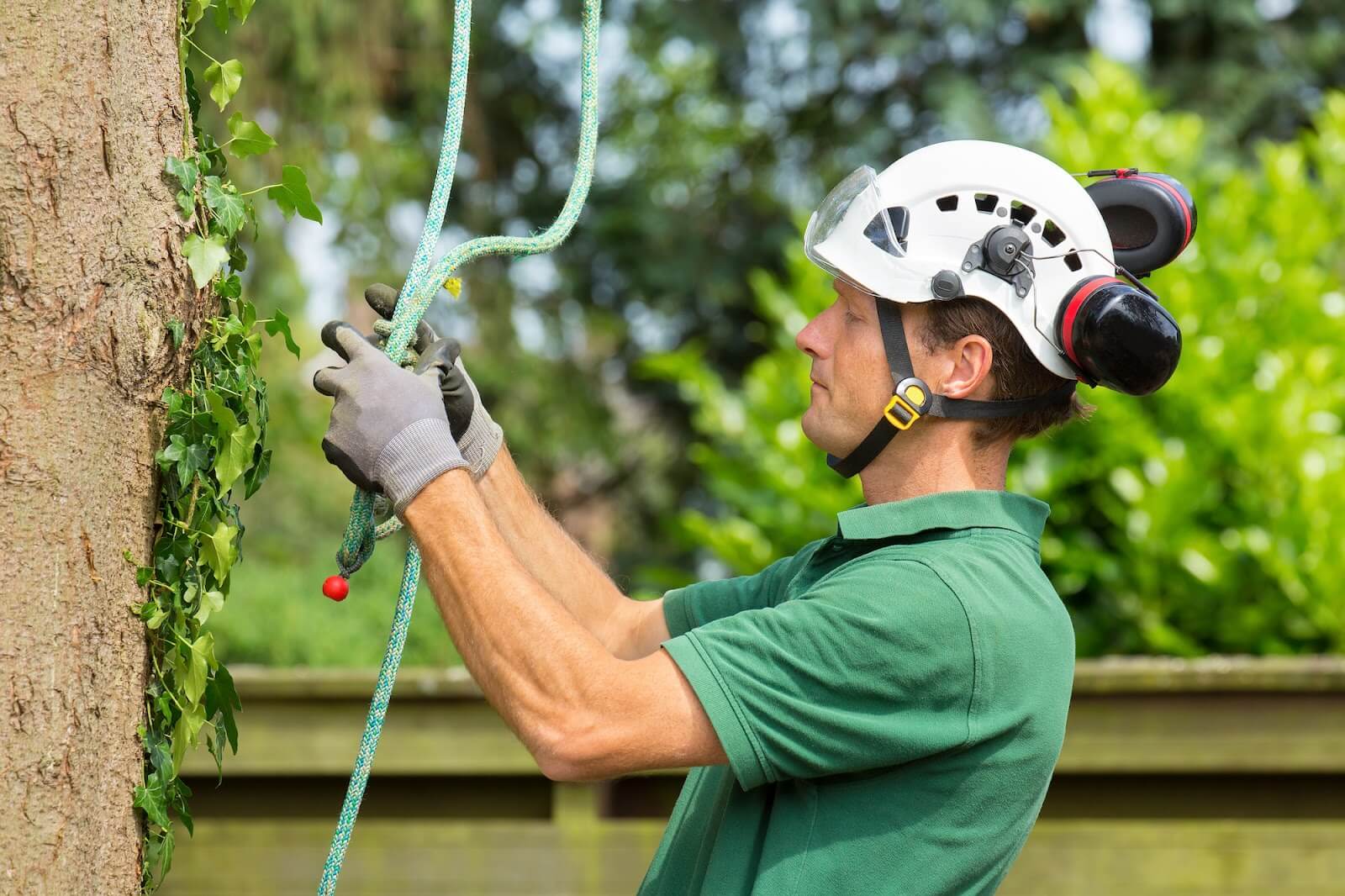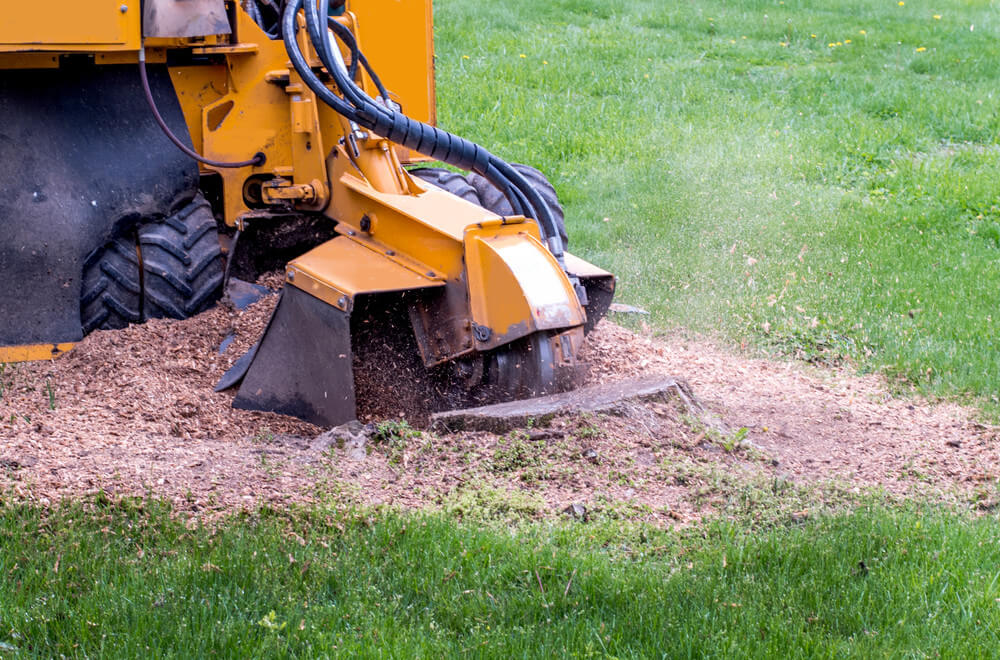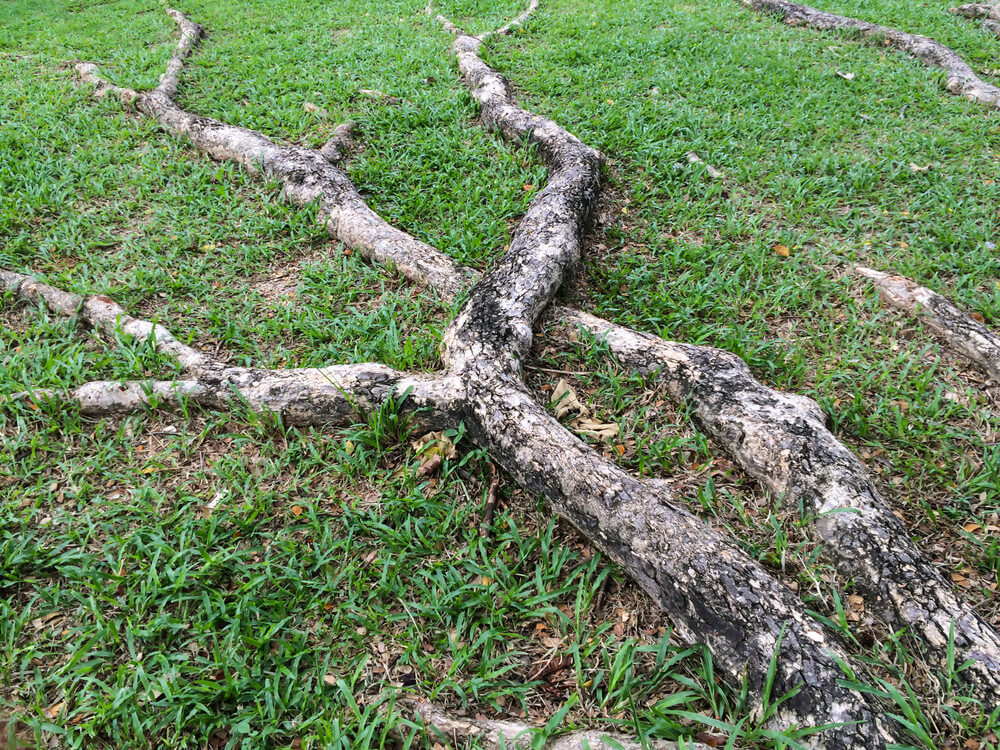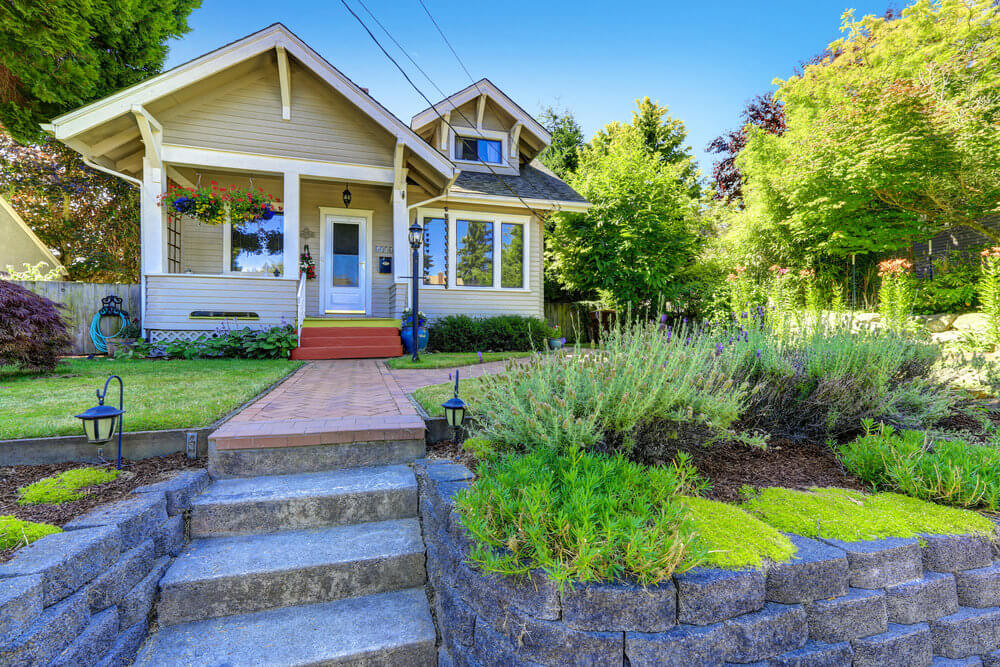Fall is the perfect season to get some critical landscaping done, whether it’s maintenance or entirely new work. Here are the landscaping services you need for this autumn in preparation for winter and the coming spring.
Landscaping Services to Complete This Fall
Yard Cleanup
The spring and summer storms that are so common in this area tend to leave your yard under piles of sticks and other debris. With fall leaves falling on top of that, getting control of your yard can be a challenge. If things are piling up and your to-do list is mounting before winter, don’t panic. The best method for clearing your yard is to do it in stages. Removing sticks before the bulk of leaves fall will make raking, leaf-blowing, or mulching leaves much easier. Most areas in and around Nashville have brush removal, so familiarize yourself with their schedule so that sticks don’t sit for too long along the road.
Removing sticks from your flower beds and garden will ensure that they grow more healthily in the spring. You’ll also be keeping pests and other insects clear of your garden by keeping them free of leaves and other debris. Pruning should be kept to a minimum during the fall, as it’s best suited for the late winter, but some pruning can be beneficial. You should prune high-risk limbs that could cause property damage as soon as you notice them. It’s important to leave tree pruning to professional arborists, however, especially in the fall. Improper tree pruning can leave a tree highly susceptible to damage from frost and winter dryness. As for shrubs and bushes, it’s usually safe to go for it on your own, but follow pruning best practices. Always be safe, and make sure you’re properly cutting limbs to keep them safe. Fall landscaping can be hard, as pruning and cleanups are not always easy to do on your own.
Autumn landscaping and maintenance starts with a clean lawn. If you’re worried about going it alone, you can always contact The Parke Company for a comprehensive fall cleanup. We offer one-off cleanup services and landscape maintenance plans to ensure that your yard looks immaculate all year round.
Winter-Proof Your Property
Getting ready for the coming winter can be a challenge because Nashville weather is always a bit unpredictable. Will we see snow again, or should we expect a milder, wetter winter? We know winter is a pause on most landscaping activities, but is it better to landscape in the fall or spring? The answer depends on the type of landscaping you’re doing. There are certain aspects of landscaping that might be better suited for the fall, while other things should obviously be done in the spring. Mulching, for instance, can be done in the fall for one purpose and in the spring for another. In the fall, we add mulch around our trees and plants in order to stabilize soil temperature. While most trees and native plants in Nashville can withstand a cold winter, it never hurts to give them a helping hand. Mulch can help to retain moisture and warmth, keeping a tree far healthier and more resistant to cold temperatures if winter gets bad.
Another way to make sure your property is prepared for winter is to have your irrigation system tuned up and winterized. Even small traces of water in underground sprinkler pipes can freeze and expand, causing damage to the system. It’s important to have an irrigation system specialist inspect and winterize your system before cold weather becomes a factor, as repairing damage can be costly. Fall landscaping services from The Parke Company can include the maintenance, upgrades, and even installation of irrigation systems. Soil conditions in the fall are perfect for digging and making changes, and reseeding can be done now to ensure that you won’t have bare spots in the spring.
Prep Work for Spring
So what landscaping should you do in the fall? Fertilizing your lawn in addition to aerating it each fall can help give it a boost come spring. Fertilizing soil can give your lawn much-needed energy and sustenance while grass goes dormant as things get colder. Summer, especially dry summers like we’ve experienced in previous years, can really fry a lawn. Aerating and fertilizing in the fall can help revitalize a lawn so it’s ready for spring. You can even get a headstart on planting in the fall. Using the cooler weather to your advantage, spend some time in the garden planting bulbs for flowers like daffodils and tulips this fall. They will be perfectly safe all winter long and emerge in the spring for a beautiful pop of color.
While it’s also a part of fall cleanup, don’t neglect your existing plants. If you had dying, unsightly, or overgrown plants in the summer, remove them now rather than leaving them for the spring. While you can’t plant much to replace these removed plants now, it’s best not to let them rot in the winter. Dead plants play host to a variety of pests that can cause damage to other healthy plants, even in the fall and winter. Remove weeds and make note of problem areas so that you can try some new prevention efforts. Using weed barrier fabric in garden beds is a great way to keep your lawn weed-free, and fall is the perfect season to get that situated. You can leave cut-outs in the barrier around existing plants and make new additions in the spring if need be, but this ensures that weeds and other plants can’t grow in the areas you don’t want things growing. No matter your lawn’s condition this summer, preparing for the spring needs to begin in the early fall.
How to Prepare Your Landscaping for Fall
If you’re ready to get your landscaping work handled this fall, don’t hesitate to look for professional help. From fall cleanup to irrigation installation and everything in between, give the pros at The Parke Company a call.
